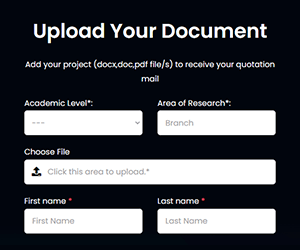
Conducting a Systematic Literature Review
Conducting a Systematic Literature Review – Conducting a Systematic Literature Review is a structured and rigorous process for identifying, evaluating, and synthesizing all relevant literature on a specific topic. It is considered a gold standard approach for conducting a literature review as it allows for a thorough and unbiased assessment of the existing literature. In this article, we will provide tips and techniques for conducting a systematic literature review.
Step 1: Identify the research question
The first step in conducting a systematic literature review is to define the research question. This will guide the selection of relevant literature and ensure that the review is focused and efficient. The research question should be specific and clearly state the problem or issue that the literature review will address. It is important to clearly define the scope of the review, including the population, intervention, comparison, and outcome (PICO) elements, to ensure that the review is comprehensive and relevant.
Step 2: Develop a search strategy
Once the research question has been defined, the next step is to develop a search strategy. This includes identifying relevant databases and keywords, as well as developing a search syntax to ensure that all relevant literature is identified. It is important to use a variety of databases and search engines, including both general and specialized databases, to ensure that all relevant literature is identified. Additionally, it is also important to consider using grey literature sources such as conference proceedings, dissertations, and government reports.
Step 3: Screen and select relevant literature
After identifying relevant literature, the next step is to screen and select the most relevant literature for the review. This involves reading the titles and abstracts of identified articles to determine whether they meet the inclusion criteria. It is important to use a clear and consistent process for screening and selecting literature to ensure that the review is comprehensive and unbiased.
Step 4: Extract and analyze the data
Once the relevant literature has been selected, the next step is to extract and analyze the data. This involves extracting data from each article, such as the study design, sample size, results, and conclusions. It is important to use a standardized data extraction form to ensure that the data is extracted consistently and accurately.
Step 5: Synthesize and report the literature
The final step in conducting a systematic literature review is to synthesize and report the literature. This involves organizing and summarizing the extracted data and identifying any patterns or themes that emerge. It is important to use a structured approach for synthesizing the literature, such as thematic analysis or meta-analysis, to ensure that the review is comprehensive and unbiased.
Conclusion
We hope the article has all the information you are looking for. All the points mentioned above are accurate and very much useful. For more information, you can check out our other blogs as well.








